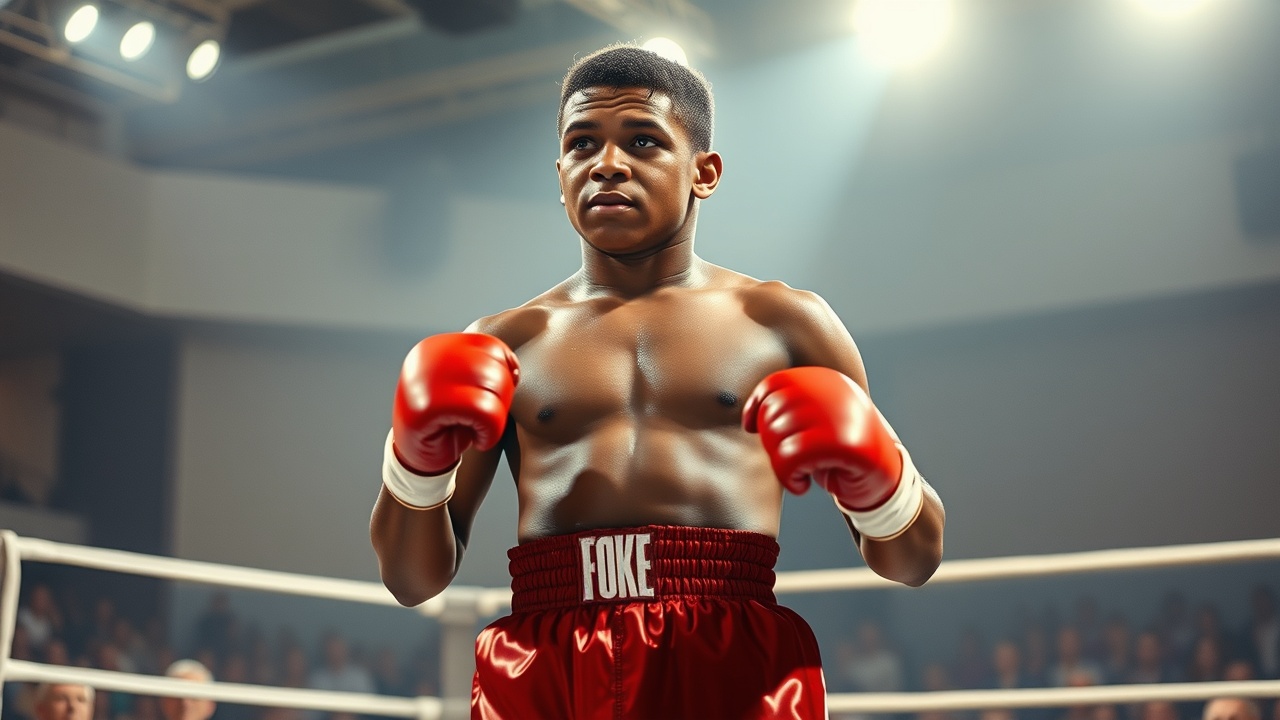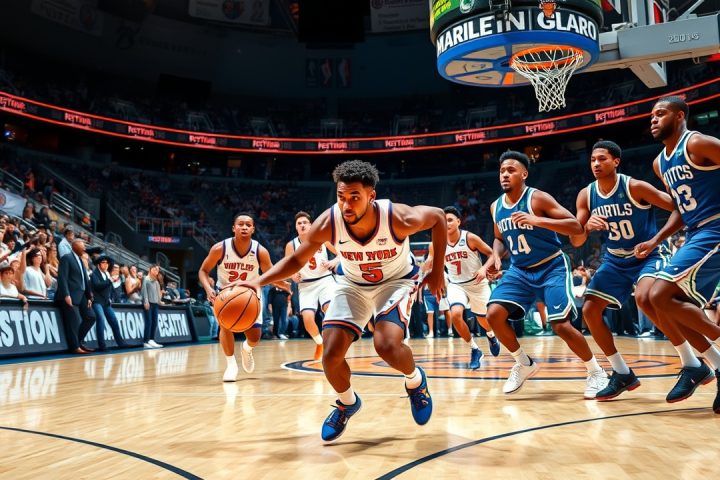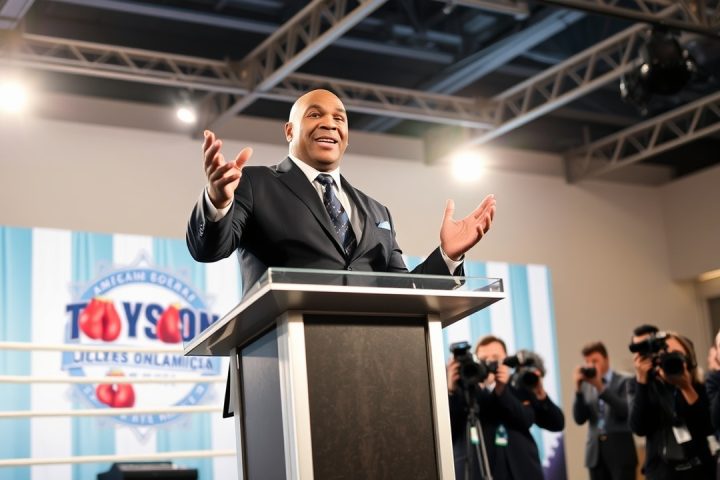The Defining Moment in Boxing History
In the annals of boxing history, one defining moment stands out during a fight in Scranton, Pennsylvania, in May 1981. This was not only a night when Mike Tyson fought an opponent named Billy O’Rourke, but it was also the first time the legendary trainer Cus D’Amato attended one of Tyson’s bouts. D’Amato, known for his iconic training methods and prophetic approach to the sport, sought out O’Rourke before the match to deliver an unnerving warning.
A Promising Amateur Fighter
As a senior from Wyoming Valley West High School, Billy O’Rourke was a promising amateur fighter at just seventeen. Alone on the bleachers, he was approached by the elder D’Amato, who bore a striking resemblance to Yoda. It was an unusual encounter — D’Amato complimented O’Rourke’s looks and character but ominously cautioned him:
“I just don’t want you running into a buzz saw.”
This buzz saw, he explained, was his protégé, Mike Tyson, who was deemed a future champion, a “killer,” and a “monster.” O’Rourke left for the ring wondering why D’Amato seemed so intent on warning him.
Tyson’s Rise and Fight Preparations
Meanwhile, Tyson was relatively new to the sport, boasting a record of 4-0 at the time, with all victories achieved through knockouts, primarily within the first round. As he stepped into the ring against O’Rourke, Tyson displayed a level of confidence reinforced by a training regime that bred ferocity. Tyson’s approach to boxing was rooted in a philosophical respect for power, something trainer Teddy Atlas emphasized in his teachings. For O’Rourke, facing Tyson meant dealing with someone who had become notorious for his explosiveness in the ring.
The Fight and Its Climax
As the match commenced, Tyson unleashed a powerful left hook that O’Rourke attempted to block. However, the punch bypassed his guard with surprising force, and suddenly he found himself airborne—a hard reminder of Tyson’s strength. The ensuing flurry of punches forced O’Rourke to the canvas and resulted in significant damage to his face, requiring numerous stitches. Despite the pain, O’Rourke begged the referee to continue the fight, unable to contemplate conceding so early.
A Test of Resolve
This clash was more than just an introduction to Tyson’s power; it was a trial for both competitors. Tyson found himself in uncharted territory when his opponent refused to be easily subdued. During the second round, Tyson expressed doubts about his condition after feeling an injury to his hand. Atlas seized the moment to challenge Tyson’s resolve, emphasizing the importance of pushing through adversity, a sentiment that would resonate in Tyson’s future career.
The Outcome and Legacy
The contrasting narratives of Tyson’s near-defeat and O’Rourke’s resilience enrich the fight’s lore. O’Rourke reflects on the experience with clarity, emphasizing his extensive training and resilience against other opponents, stating,
“I should know. I sparred more than a thousand rounds… But Mike? Mike hurt me.”
This mutual respect among fighters illustrates that even in defeat, valuable lessons emerge in the ever-evolving sport of boxing.
The fight ended with a hard-fought decision, with O’Rourke having gained respect for surviving Tyson’s relentless offense. This account of Tyson’s formative years captures the essence of emerging greatness intertwined with the struggle of overcoming challenges, an experience that would shape him into one of boxing’s most formidable champions.




